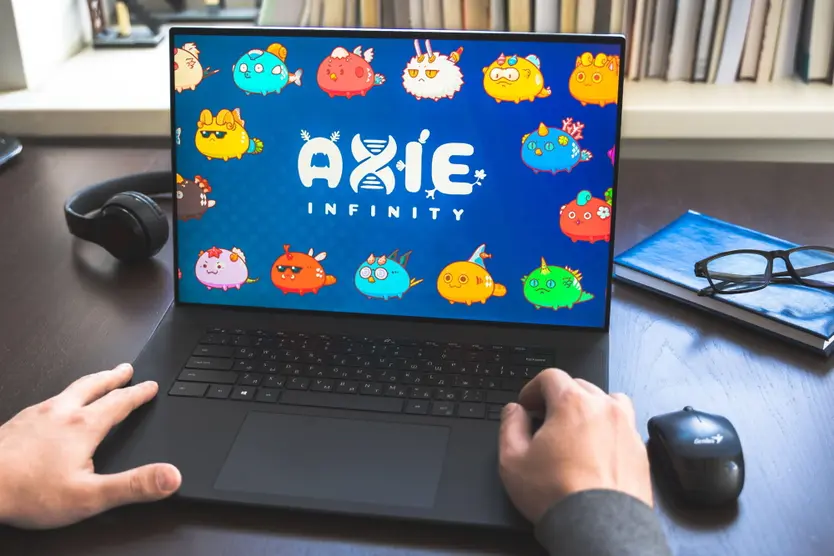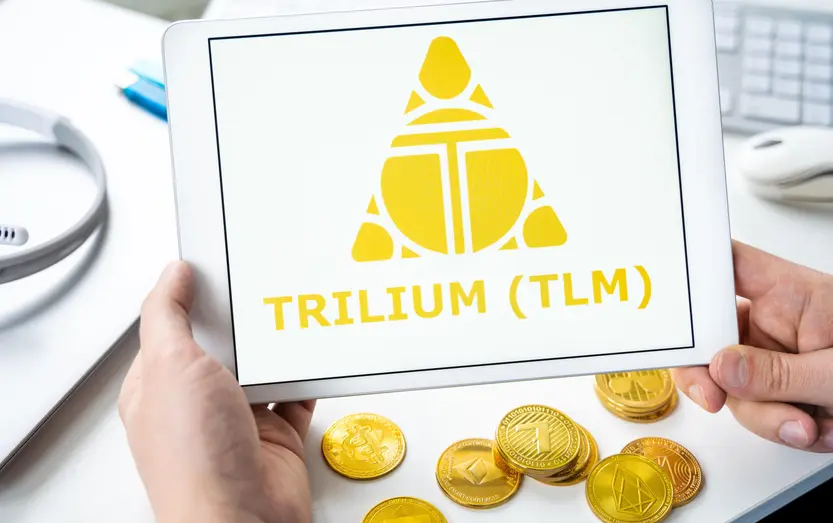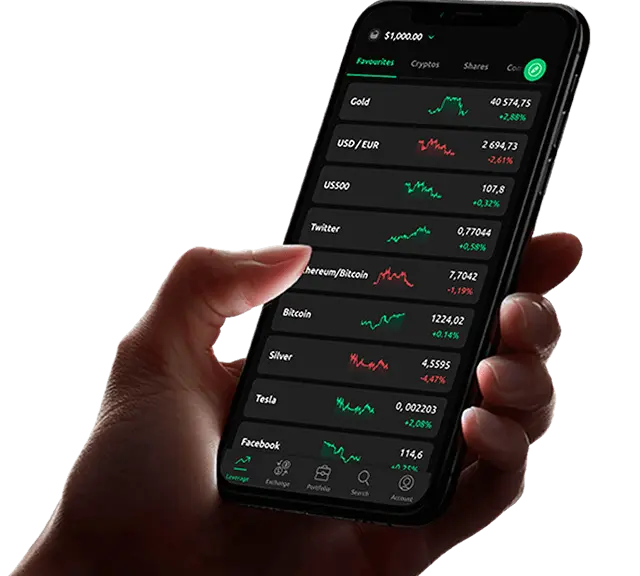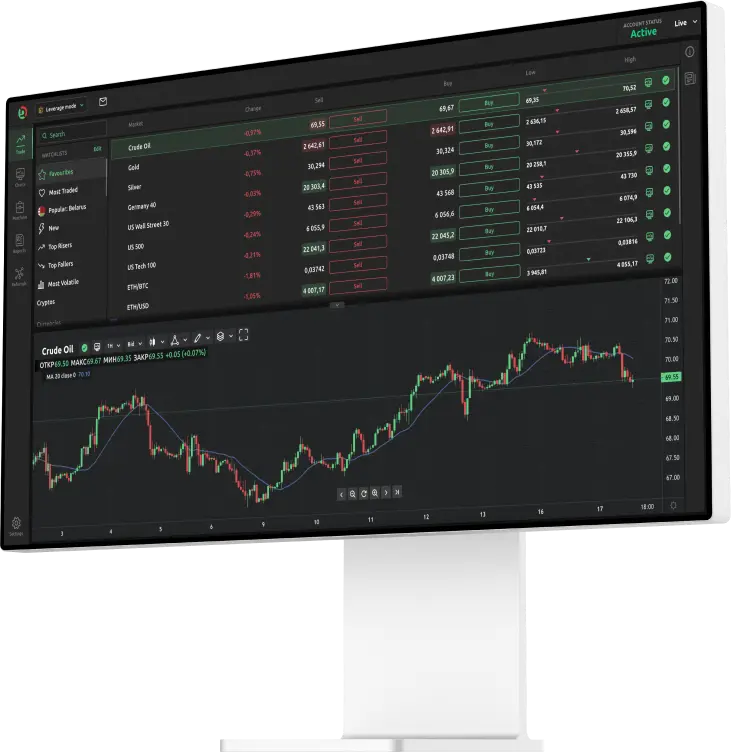Play to earn is an emerging gaming model that rewards players in cryptocurrencies

Contents
- What is crypto gaming?
- Who is playing?
- Successful crypto games
- How does crypto gaming work?
- What are the risks?
- The future of crypto games
One industry to benefit during the pandemic lockdowns was the gaming industry, which is now experiencing huge growth. In 2020, £1.6bn ($2.1bn) more was spent on video games in the UK compared to the previous year. From Animal Crossing to Call of Duty, people turned to gaming during lockdown as a source of home entertainment.
And it wasn’t just a fad. Research from InvestGame shows that the global video games industry grew during 2021, too. In the first half of the year, private investments more than tripled year-on-year while public offerings were up from $4.9bn in the first half of 2020 to $17.1bn in H1 2021.
InvestGame noted another trend in its research: the rise of blockchain-based gaming. Crypto games combine the two technologies, whether that’s through the use of an NFT marketplace or by allowing gamers to earn cryptocurrency rewards through playing. Cryptocurrency in the gaming industry is emerging as a successful combination. Axie Infinity, one of the most popular crypto games, has amassed a staggering $1.2bn in revenue.
Crypto gaming is garnering a lot of press attention and investor interest, so it’s increasingly important for gaming investors to understand the details of this sector. But how does crypto gaming work?
What is crypto gaming?
Traditional games are centralised, which means all items and experience (XP) gained while playing cannot be used in other games. Crypto gaming changes this by introducing blockchain technology. Players can now use their rewards and items across different crypto gaming platforms.
Crypto gaming also offers a way for players to earn money. This is called a play-to-earn model and players can do this in a variety of ways. Take Axie Infinity, for example. Users can buy characters called Axies, level them up, then sell them at a higher price. Players can also battle with their Axies to earn SLP and AXS, which are Ethereum-based crypto gaming tokens.
This introduces a whole new element to the industry: the idea that gamers can earn crypto while gaming. Worldwide Asset Exchange found that this is a welcome development, as three out of four gamers wished they could use their currency on other platforms. But is it just gamers playing?
Who is playing?
Statista tracks the user count of NFT games over the past 30 days. Alien Worlds, Axie Infinity and Splinterlands are the top three NFT games, with a combined monthly user count of almost two million.
Although research into crypto gaming demographics is lacking, it is clear that the main target users are gamers. Triple A reported that millennials are the largest age group, with 38% of crypto gamers aged between 21 and 38. Out of all millennials who own crypto currency, 55% of them were already gamers.
Asia-Pacific is a major player in this industry, with 22.6 million gamers holding cryptocurrencies. This was followed by 5.9 million gamers in Europe and 5.8 million in the Middle East and Africa. Surprisingly, North America had the fewest crypto gamers, numbering just 3.3 million.
This data is very similar to the broader gaming market. Asia-Pacific countries dominate the top five gaming markets ranked by revenue, according to Statista.
Sergey Kopov is the chief executive and founder of 0xGames, a blockchain game development company that has worked on multiple titles. He hopes crypto gaming will attract wider interest from gaming’s 3.24 billion worldwide user base.
Kopov told Dzengi.com: “Crypto games mainly attract not gamers, but people who want to make money on this new hype. However, this is temporary. Soon, crypto games will be exciting enough to compete with classic games on the gameplay field, so they will be able to attract the attention of gamers.”
The Philippines has emerged as a crypto gaming hub. The country’s economy was hit hard by the Covid pandemic, but some residents found a new way to make money. A documentary on YouTube followed Filipinos who were earning an income through Axie Infinity, proving that there is a stream of money to be made by investing time in these platforms. The documentary also challenged the crypto gamer stereotype. It featured a mother, a recent college graduate, a cab driver and an elderly married couple – all crypto gamers.
Successful crypto games
It’s no surprise that Axie Infinity became popular in the Philippines, because the game has Asian roots. Trung Nguyen, based in Vietnam, founded game start-up Sky Mavis, which launched the Ethereum-based game. Sky Mavis’s valuation is currently sitting just below $3bn as of December 2021, a remarkable figure given the company had only just raised $152m from crypto investors in seed funding in October 2021.
Despite the valuation, Axie Infinity is only the second most popular crypto game, beaten by Alien Worlds, which attracts more than 700,000 monthly users. Saro McKenna is the co-founder of the game and comes from a corporate finance background; she spent 10 years working in the industry. McKenna also holds an MA from Oxford University.
Although Alien Worlds is more popular than Axie Infinity, the in-game currency tells a different story. As of 26 January 2022, the Axie Infinity token (AXS) was priced at $53.27, sitting right behind Decentraland at number two when ranking all cryptocurrencies by market capitalisation. However, Alien Worlds (TLM) is at number 32, with a price of just $0.11.

The blockchain card game Splinterlands is sitting comfortably at number three on Statista’s list, with almost 600,000 monthly players. The game allows you to buy, trade and level up cards. Matthew Rosen is the founder and chief technology officer of the Philadelphia-based Splinterlands and has been creating video games since he was 10 years old.
Splintershards (SPS) is the token for the card game, currently priced at around $0.12. Although the price is higher than TLM, its market capitalisation is lower and CoinMarketCap currently ranks it at number 52 among gaming tokens.
How does crypto gaming work?
Traditional games already possess many elements found in crypto alternatives. Players can use fiat currency to buy in-game money, they can collect items and level up their characters. So, what attracts investors and players to crypto gaming?
Ownership is part of the reason that crypto gaming has taken off. Unlike traditional games, their crypto counterparts give players tenure over what they collect through blockchain technology. Players can own their in-game items, trade them or even sell them. Whether that is a Splinterlands creature card or a purple Axie with green thorns, the marketplace dynamic has attracted players.
Earning money from gaming also entices players. Certain games have been criticised before for having a pay-to-play model, in which players have to invest money to get the best out of a game. Before crypto gaming, investing money would only improve your experience, such as being able to level up faster. Crypto gaming does the opposite: the play-to-earn model now allows people to make profits from their investment through crypto gaming coins. For some players in the Philippines, this has even enabled them to earn an income.
What are the risks?
Despite its advantages, crypto gaming does come with drawbacks. There are access barriers that affect some games more than others. Axie Infinity, for instance, requires players to have three Axies before playing the game. The lowest priced Axies cost around the $100 mark, which means you must spend at least $300 before you can start earning. This high level of investment can put off the average player, as most traditional games do not cost more than $100.
There is also the risk of losing your tokens and NFTs. This can happen when you try to send them to a wallet that does not support the NFT type or if you fall victim to a scam. This is not unknown: in July, the founder of the crypto game Hedgie reported being scammed out of more than $1m in NFTs.
This is an even bigger risk for crypto games compared to cryptocurrencies, because operators do not usually have to comply with certain standards, such as anti-money laundering, which can increase the risk of fraud.
As well as malicious attacks, players can lose money though volatility. Crypto game tokens are susceptible to price changes, just like non-gaming cryptocurrencies, but some games limit how often you can withdraw tokens. This means that if a crypto gaming coin such as AXS falls (it’s currently around the half the value it was on 8 December 2021, for example), players may not have time to cut their losses.
Combining two of the leading technologies also exacerbates a major flaw to which both are susceptible: gambling. Video games have started implementing a new feature called loot boxes, where players can pay to open a virtual box of random items. A report found that loot boxes are “structurally and psychologically akin to gambling”. Crypto games have embraced loot boxes as well. For example, Splinterlands allows you to buy packs of random cards. With gaming’s millennial user base, health experts are concerned that gambling is now part of everyday life for young people, and crypto gaming is only going to fuel this.

The future of crypto games
There is a growing demand for crypto gaming and investors want to be a part of it. Mark Cuban invested in Sky Mavis in its first round of funding, helping the start-up raise $7.5m. Venture capital companies are getting in on the game as well: Bitkraft Ventures has launched a $75m fund for crypto gaming projects.
Blockchain companies want to get on board, too, and both Solana and Polygon have started investing in early-stage blockchain games that incorporate decentralised finance (DeFi) into their systems. With more and more investors strong-arming crypto gaming platforms, the industry could witness a growing market.
However, the crypto gaming industry was dealt a major blow in October as Steam, the world’s largest distributor of PC games, announced the platform will not host blockchain-based games, apparently because it will not allow items that can have real-world value on its platform. Losing Steam’s support could significantly impact crypto games, as they will be missing out on an industry leading marketplace that attracts 62.6 million daily users.
Distributor Epic Games is taking a different approach. Although it will not be publishing its own crypto games, chief executive Tim Sweeney tweeted that Epic is happy to work with early developers on their blockchain-based games. The video game distributor said crypto games would have to comply with financial laws and have appropriate age ratings. This could solve many of the risks to which crypto games are prone and open the market up to Epic Games’ 31.3 million daily users.
—
When speaking about the future of crypto games, analyst Mikhail Karkhalev said: “Attracting the young generation to the crypto industry through games, which also generate income, is a strong growth driver for the crypto market.
“Given the ever-increasing competition in the job market and high unemployment due to the pandemic, the opportunity to earn decent money by playing games is literally a lifesaver for people in developing countries.”
Although Alien Worlds is the most popular crypto game, with more than 700,000 monthly players, Axie Infinity’s cryptocurrency AXS has a higher market capitalisation (around $3.2m to Alien Worlds’ $100,000-plus). AXS is currently priced at around $53, compared to Alien World’s TLM at $0.11. At time of writing (26 January 2022), Decentraland’s MANA token has the highest market capitalisation of all, at over $4.1m, with each MANA token currently worth $2.25.
Yes. There are a number of games that offer bitcoin rewards. Alien Run is a mobile game that gives players BTC after they complete levels that unlock every hour.
There are multiple ways for investors to get involved in crypto games. Crypto game tokens like AXS are available to buy on some exchanges, such as Binance. Investors can also participate in funding rounds. Sky Mavis, Animoca and Enjin are blockchain-based game companies that have recently raised money. The more obvious way to get involved is to invest time into playing and earn crypto tokens through rewards.
Remember, cryptocurrencies are volatile, so always do your own research before investing and never invest more than you can afford to lose.

